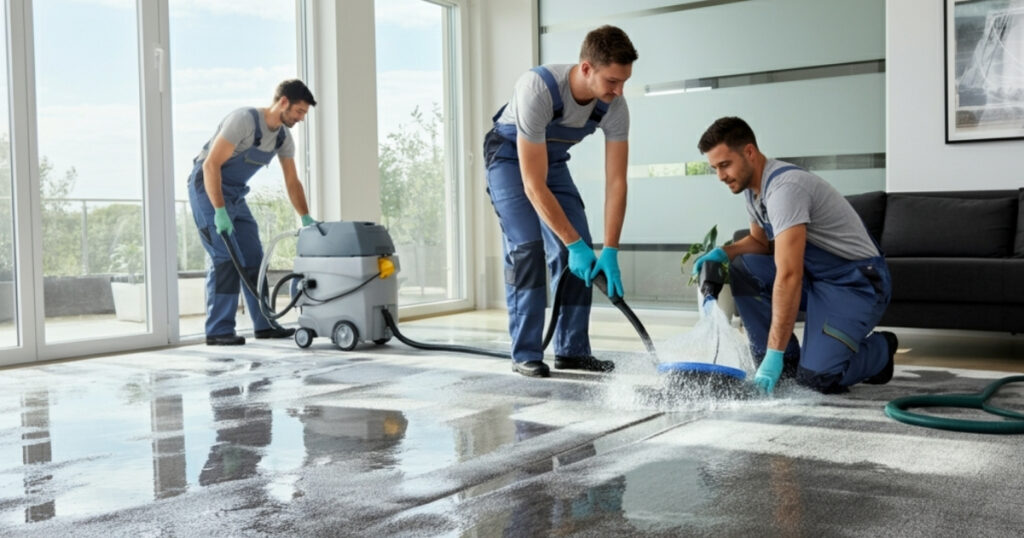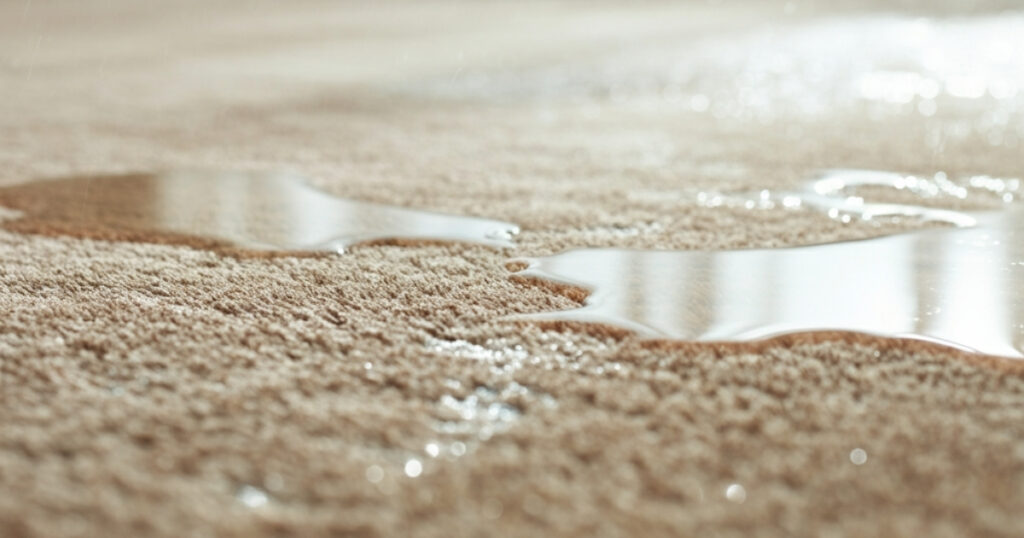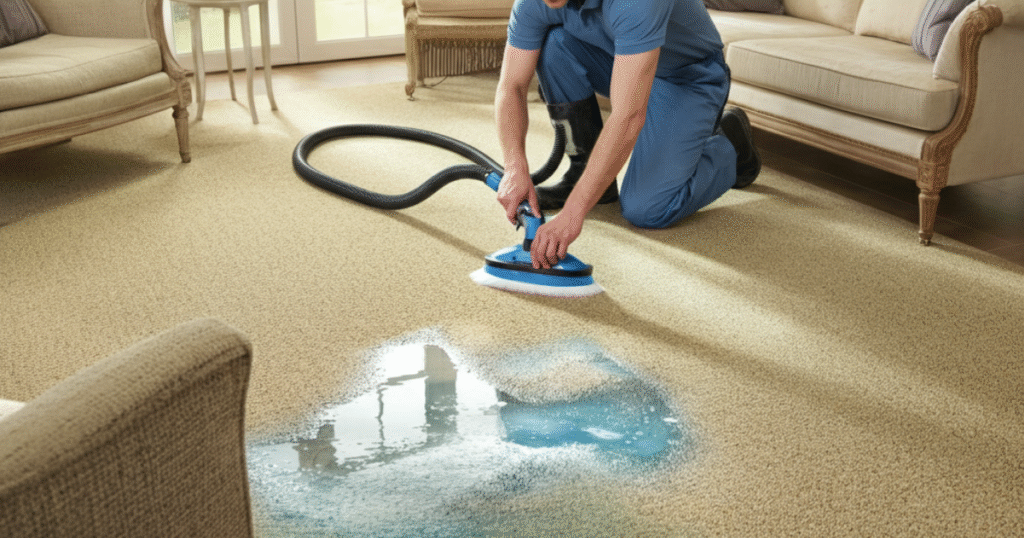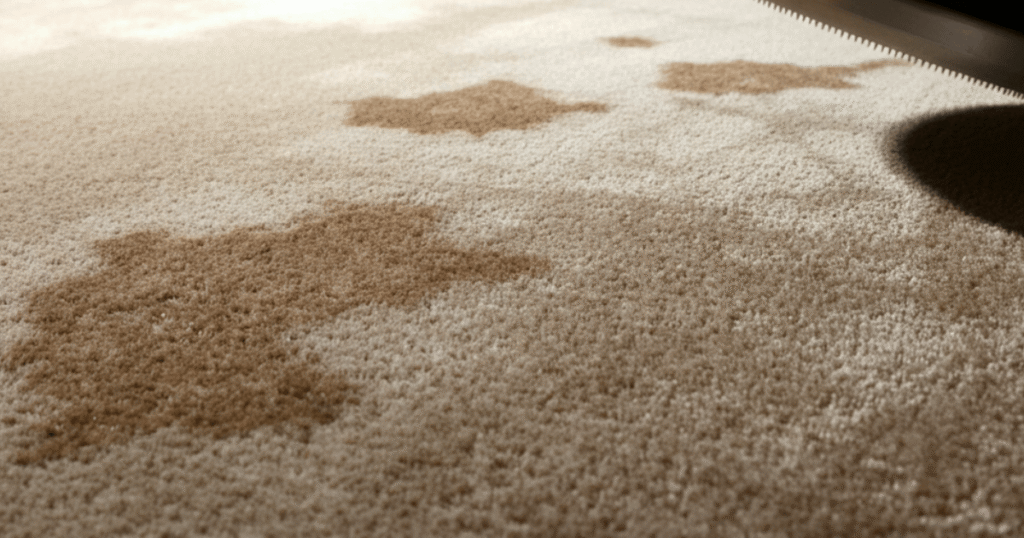Storing furniture properly requires more than just finding space. Mice can cause significant damage to stored furniture through chewing, nesting, and contamination. Therefore, learning how to protect furniture in storage from mice becomes essential for preserving valuable pieces during long-term storage periods.
Mice seek shelter, food sources, and nesting materials in storage areas. Furniture provides all three, making it a prime target. Additionally, the confined spaces of storage units create ideal environments for rodent populations to flourish unchecked.
Understanding Why Mice Target Stored Furniture
What Attracts Mice to Storage Areas
Mice gravitate toward storage spaces because they offer protection from predators and weather conditions. Furthermore, storage units typically have minimal human activity, allowing rodent populations to establish themselves without disturbance. The combination of darkness, quiet, and available materials creates perfect conditions for mouse habitation.
Storage facilities often have multiple units in close proximity, enabling mice to move between spaces easily. Moreover, many people store food items alongside furniture, creating additional attractions for rodents. Once mice discover a storage area, they quickly establish territories and begin reproducing rapidly.
Types of Furniture Damage Mice Cause
Mice damage furniture in several destructive ways. They chew through wood, fabric, and padding to create nesting materials. Additionally, their constant gnawing behavior leads them to damage furniture legs, corners, and edges. Upholstered pieces suffer particularly severe damage as mice burrow into cushions and padding.
Mouse urine and feces create permanent stains and odors that can ruin furniture value. Furthermore, mice often die inside furniture pieces, creating decomposition odors that penetrate deep into materials. The combination of physical damage and contamination can render furniture completely unusable.
Pre-Storage Preparation Methods
Thorough Furniture Cleaning Process
Clean all furniture pieces completely before storage to eliminate food residues and odors that attract mice. Use appropriate cleaners for different materials, ensuring no crumbs or spills remain. Pay special attention to dining furniture, which may have food particles in crevices.
Vacuum upholstered pieces thoroughly, including cushions, piping, and hidden areas where crumbs accumulate. For wooden furniture, wipe down all surfaces with appropriate cleaners. Allow everything to dry completely before storage, as moisture can create additional problems beyond mouse attraction.
Protective Covering Applications
Wrap furniture in protective materials that mice cannot penetrate easily. Heavy-duty plastic sheeting works well for large pieces, but ensure proper ventilation to prevent moisture buildup. Alternatively, use furniture covers specifically designed for storage protection.
For valuable antique pieces, consider museum-quality storage materials that provide protection without causing damage. Avoid using materials that mice find attractive, such as cardboard or fabric-based coverings. Instead, opt for smooth, non-porous surfaces that offer no grip for climbing.
Physical Barrier Strategies
Proper Storage Container Selection
Choose storage containers that mice cannot access easily. Metal containers provide the best protection, as mice cannot chew through them. However, ensure containers are large enough to accommodate furniture without causing damage from tight fitting.
Plastic containers work well for smaller furniture pieces and accessories. Look for containers with tight-fitting lids that create secure seals. Additionally, inspect containers for cracks or gaps that might allow mouse entry, even in seemingly secure storage options.
Strategic Placement Techniques
Elevate furniture off storage room floors using pallets or platforms. This strategy prevents mice from easily accessing furniture and creates space for inspection underneath. Moreover, elevation helps with moisture control and air circulation around stored pieces.
Position furniture away from walls where mice typically travel. Create clear pathways around stored items for easy inspection and maintenance. Furthermore, group similar items together while maintaining adequate space between different furniture pieces for monitoring purposes.
Sealing and Wrapping Methods
Seal furniture in protective wrapping that creates barriers against mouse entry. Use shrink wrap or heavy-duty plastic bags for smaller pieces. However, include moisture-absorbing materials inside sealed packages to prevent humidity problems.
For larger pieces, create protective barriers using cardboard and tape, then cover with smooth plastic sheeting. Ensure all seams and openings are completely sealed. Additionally, inspect seals regularly during storage periods to verify they remain intact and effective.
Natural Deterrent Solutions
Essential Oil Applications
Peppermint oil creates a natural deterrent that mice avoid. Soak cotton balls in peppermint oil and place them strategically around stored furniture. Replace these deterrents monthly to maintain effectiveness, as the oils evaporate over time.
Other effective essential oils include eucalyptus, tea tree, and clove oils. Create combinations of these oils for enhanced deterrent effects. However, test oils on inconspicuous furniture areas first to ensure they won’t damage finishes or fabrics.
Strong Scent Barriers
Mice dislike strong scents that interfere with their navigation abilities. Dryer sheets placed around storage areas can deter mice effectively. Replace sheets regularly as their scent fades over time.
Soap bars, particularly those with strong fragrances, also work as natural deterrents. Place unwrapped soap bars near furniture pieces, focusing on areas where mice might attempt entry. Additionally, these methods are safer around furniture than chemical alternatives.
Plant-Based Repellents
Certain plants naturally repel mice through their scents and properties. Dried mint leaves scattered around storage areas create natural barriers. Similarly, bay leaves placed in storage containers and around furniture help deter rodent activity.
Fresh or dried lavender also works as a mouse deterrent while providing pleasant scents for humans. These plant-based solutions offer eco-friendly alternatives to chemical repellents. Moreover, they won’t damage furniture finishes or create harmful fumes in enclosed storage spaces.
Chemical Prevention Options
Safe Commercial Repellents
Commercial mouse repellents designed for indoor use provide effective protection when applied correctly. Choose products specifically labeled as safe for use around furniture and stored items. Read all instructions carefully and follow application guidelines precisely.
Granular repellents work well around storage unit perimeters and can be refreshed periodically. Spray repellents offer targeted application for specific furniture pieces. However, always test chemical products on inconspicuous areas before widespread application.
Professional-Grade Solutions
Professional pest control products offer stronger protection for valuable furniture collections. These products typically require special handling and application procedures. Consult with pest control professionals for guidance on appropriate products and application methods.
Professional treatments often provide longer-lasting protection than consumer products. Furthermore, professionals can assess your specific storage situation and recommend customized protection strategies. This approach works particularly well for expensive or irreplaceable furniture pieces.
Application Safety Guidelines
Always wear protective equipment when applying chemical repellents, including gloves, eye protection, and adequate ventilation. Keep pets and children away from treated areas until products have dried completely. Store unused products safely according to manufacturer instructions.
Document which products you use and where you apply them for future reference. This information helps with reapplication schedules and troubleshooting effectiveness. Additionally, maintain material safety data sheets for all chemical products used in storage areas.
Storage Environment Control
Climate Management Systems
Maintain optimal storage conditions that discourage mouse habitation while protecting furniture. Temperature control systems help regulate storage environments and make them less attractive to rodents. Mice prefer stable temperatures for nesting, so fluctuations can discourage settlement.
Humidity control prevents the moisture problems that attract mice while protecting furniture from damage. Use dehumidifiers or moisture-absorbing products to maintain appropriate humidity levels. Monitor conditions regularly with reliable measuring devices.
Ventilation Optimization
Proper airflow discourages mouse habitation while preventing furniture damage from stagnant air. Install ventilation systems or fans to maintain air circulation throughout storage areas. However, ensure ventilation openings include screens to prevent mouse entry.
Regular air movement also helps with scent distribution from natural deterrents. Furthermore, good ventilation prevents the buildup of odors that might attract rodents. Balance ventilation needs with security requirements to maintain effective mouse prevention.
Cleanliness Maintenance Protocols
Maintain clean storage environments that offer no food sources or nesting materials for mice. Regular cleaning schedules remove debris and potential attractants. Sweep floors frequently and remove any organic materials that accumulate over time.
Inspect storage areas monthly for signs of mouse activity or changes in conditions. Document findings and adjust prevention strategies as needed. Additionally, clean up any spills or messes immediately to prevent attracting unwanted visitors.
Monitoring and Detection Methods
Regular Inspection Schedules
Establish systematic inspection routines to catch mouse problems early when they’re easier to address. Check stored furniture monthly for signs of damage, droppings, or nesting materials. Look for chew marks, fabric disturbance, or unusual odors that might indicate mouse presence.
Create inspection checklists to ensure thorough coverage of all stored items and storage areas. Document findings with photos and notes for tracking changes over time. Early detection allows for immediate intervention before significant damage occurs.
Signs of Mouse Activity
Learn to recognize early indicators of mouse presence in storage areas. Fresh droppings appear dark and moist, while older droppings become dry and crumbly. Mouse urine creates distinctive ammonia-like odors that become stronger in confined spaces.
Gnaw marks on furniture edges, scratching sounds, or disturbed storage materials indicate active mouse presence. Small holes in wrapping materials or displaced items also signal rodent activity. Furthermore, mice often leave greasy smudge marks along walls and travel routes.
Documentation Strategies
Maintain detailed records of storage conditions, prevention measures, and any discovered issues. Photography provides valuable documentation for insurance purposes and helps track furniture conditions over time. Date all entries and include specific details about findings.
Keep logs of when you replace deterrents, apply treatments, or make changes to storage arrangements. This documentation helps identify effective strategies and timing for maintenance activities. Moreover, records assist with troubleshooting if problems develop despite prevention efforts.
Emergency Response Procedures
Immediate Action Steps
Take swift action when discovering mouse activity around stored furniture. Remove affected items from storage immediately and assess damage thoroughly. Clean contaminated areas with appropriate disinfectants to eliminate odors and health hazards.
Increase prevention measures in the storage area and inspect all remaining items carefully. Replace or refresh all deterrents and seal any newly discovered entry points. Additionally, consider upgrading protection methods if current strategies proved insufficient.
Damage Assessment Protocols
Evaluate furniture damage systematically to determine repair possibilities and costs. Document all damage with photographs for insurance claims or professional restoration estimates. Separate items by damage severity to prioritize treatment and repairs.
Consult with furniture restoration professionals for valuable pieces that require specialized treatment. Some damage may be reversible with professional intervention, while other pieces might require complete refinishing. However, early intervention often prevents further deterioration.
Professional Intervention Options
Contact pest control professionals when mouse problems persist despite prevention efforts. Professional assessment can identify entry points and habitat conditions you might have missed. They can also recommend stronger intervention strategies appropriate for your situation.
For valuable furniture collections, consider professional storage facilities that specialize in climate-controlled environments with integrated pest management systems. These facilities often provide better protection than self-storage options, particularly for irreplaceable items.
Frequently Asked Questions
1. How often should I check my stored furniture for mouse damage?
Monthly inspections work best for early detection. However, increase frequency to weekly if you discover any signs of mouse activity in your storage area.
2. Can mice chew through plastic furniture covers?
Yes, mice can chew through thin plastic covers. Use heavy-duty materials or combine plastic with other deterrent methods for better protection.
3. What’s the most effective natural mouse deterrent for furniture storage?
Peppermint oil consistently proves most effective, but combining multiple natural deterrents increases success rates significantly.
4. Should I use poison baits around stored furniture?
No, avoid poison baits near furniture as dead mice can create odor problems and stains. Focus on prevention and exclusion methods instead.
5. How do I know if mice have nested inside upholstered furniture?
Look for torn fabric, unusual lumps or depressions, strong ammonia odors, and visible nesting materials protruding from cushions or seams.
6. Can professional pest control treat furniture directly?
Some professionals offer furniture treatment services, but always discuss potential finish damage and safety concerns before proceeding with chemical treatments.
7. What storage conditions make mice less likely to settle?
Cool temperatures, low humidity, good ventilation, and regular human activity discourage mouse habitation in storage areas.
Securing Your Furniture Investment
Successfully protecting furniture in storage from mice requires combining multiple prevention strategies with consistent monitoring and maintenance. The investment in proper protection measures proves worthwhile when compared to potential damage and replacement costs. You can also read: How to Get Musty Smell Out of Antique Furniture?
Remember that prevention works more effectively than remediation after damage occurs. Start with thorough preparation, implement multiple barrier and deterrent methods, and maintain regular inspection schedules. With proper planning and consistent effort, your stored furniture will remain safe from mouse damage throughout its storage period.
As an Amazon Associate, I earn from qualifying purchases.




